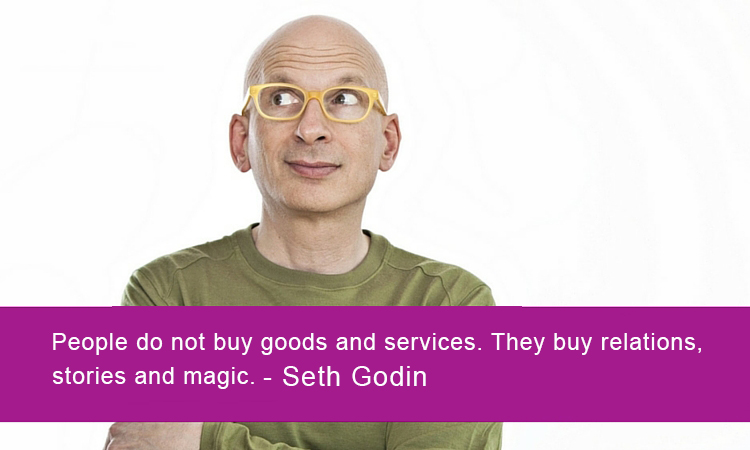Table of Content
- Introduction
- Marketing Automation
- Content Marketing
- Mobile Commerce
- Voice first browsing is becoming a new trend
- Technical advertising is more effective
- Engaging with chatbots
- Customer experience can be customized
- Beyond Apps
- Social Commerce
- Fastest means for delivery and returns
- Conclusion
Ecommerce marketers must implement the latest technologies to achieve maximum ROI. Technology helps save time and streamline your ecommerce business. These technologies not only enhance the consumer journey but also focus on building customer loyalty.
Technologies to improve your ecommerce business include Marketing Automation, Content Marketing, Mobile Commerce, Voice First Browsing and many more. Marketers can apply the best-suited and latest ecommerce marketing technologies to improve their revenues by improving conversions (CRO), average order values (AOV), higher customer lifetime value (CLV) and return on ad spend (ROAS).
Here’s the list of the latest technologies for improving your ecommerce business.
1. Marketing Automation
Marketing automation is a process of using software to automate marketing tasks to drive sales, generate leads, and effectively target customers with automated marketing messages across channels. It enables you to work with greater efficiency, increase conversions, reduce costs, and improve customer experience.
Why Is Marketing Automation Important?
Marketing automation can streamline your marketing efforts, make them more efficient, and helps your team to drive better leads and achieve greater ROI.
- Marketing automation on average drives up to a 14.5% increase in sales productivity and a 12.2% reduction in marketing overhead.
- 80% of marketing automation users saw an increase in the number of leads using marketing automation software, and 77% had an increase in conversions.
- 91% of marketing automation users agree it is “very important” to the overall success of their online marketing activities.
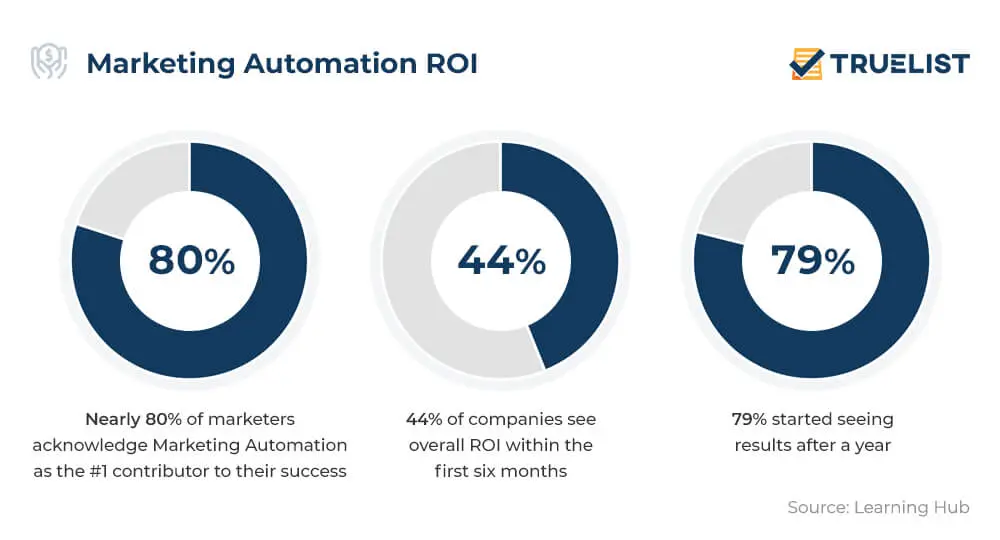
2. Content Marketing
Content is the key to getting high rankings, and thus, it must be original, unique, and, most of all, engaging. Ensure that your blogs, website content, and product descriptions have all these qualities.
Customers do not always have time to read the content, which is why you must use the most up-to-date technology to engage them. A customer shouldn’t get bored upon visiting your website, as it can be fatal for your business. Thus, ensure that you maintain engagement thru content.
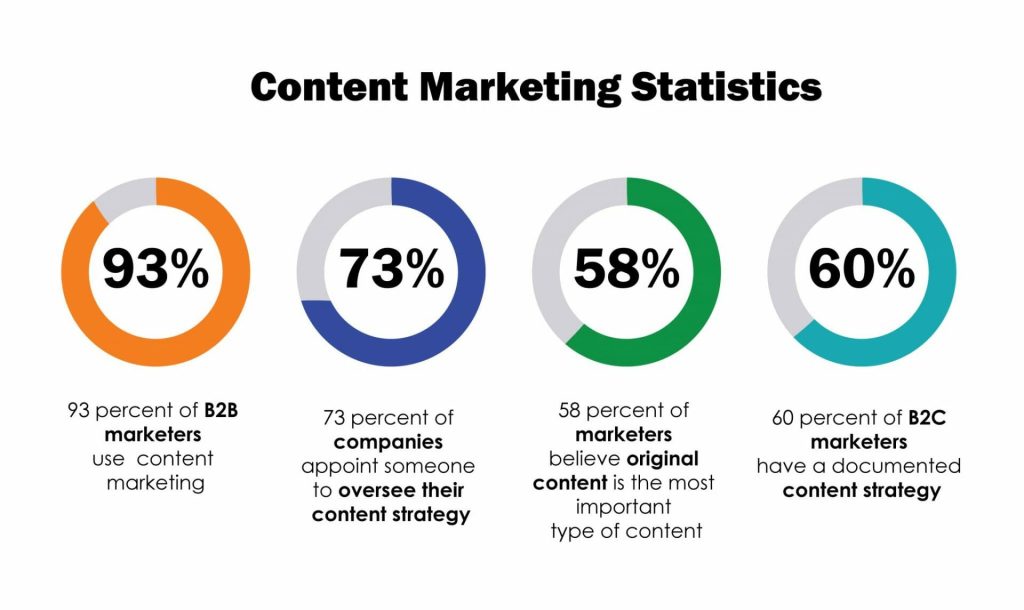
3. Mobile Commerce
Between now and 2025, sales of mobile commerce in the US are expected to more than double. To stay competitive, your business must offer a user-friendly and engaging mobile shopping experience. Customers will return to your business if you provide a good mobile commerce experience, and your sales will grow in the years ahead. Push notifications, SMS, mobile content, a mobile ecommerce app, and a mobile-optimized website should all be on your to-do list.
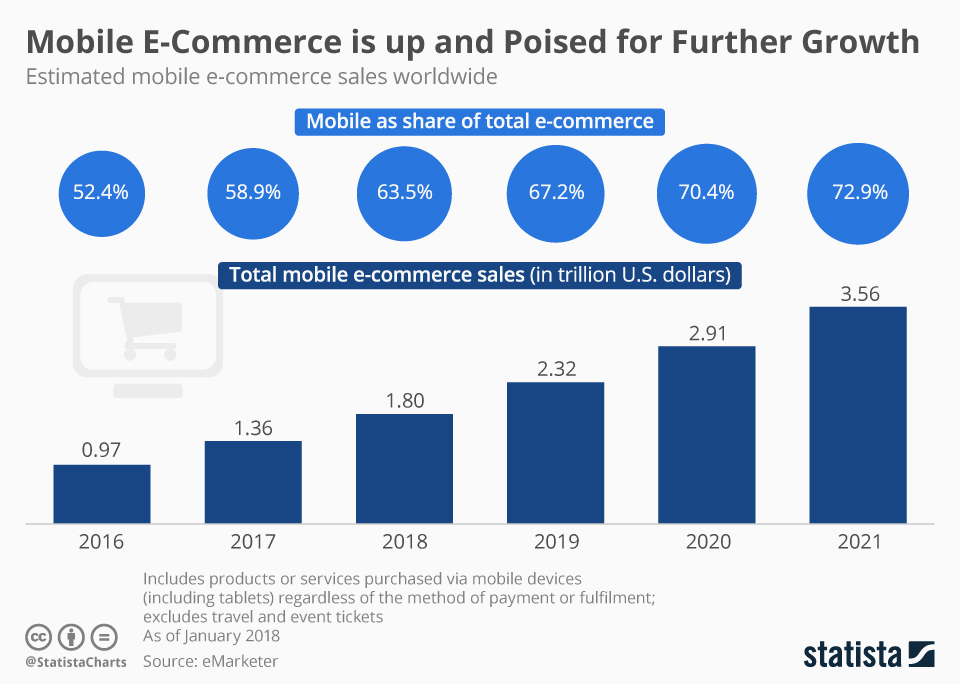
4. Voice First Browsing is Becoming a New Trend
This year, voice-first browsing should be your primary focus, as the voice search trend is on the rise, thanks to technological advancements.
- Voice shopping is expected to be worth $40 billion by 2022.
- With voice ecommerce sales predicted to reach $19.4 billion in 2023,
Voice search saves time for clients because it is faster than typing. For businesses, the most important thing is to optimize their e-commerce stores for voice search.

5. Technical Advertising is More Effective
This year, ecommerce in marketing will be a big part of marketing automation. Digital advertising allows you to save money and time compared to traditional methods that rely on human buyers, and sellers.
We use technical data analytics and new technologies to determine the right audience and create the right ad to serve that audience. This e-commerce marketing automation will also save you time, which you can make better use of in other areas of your company.
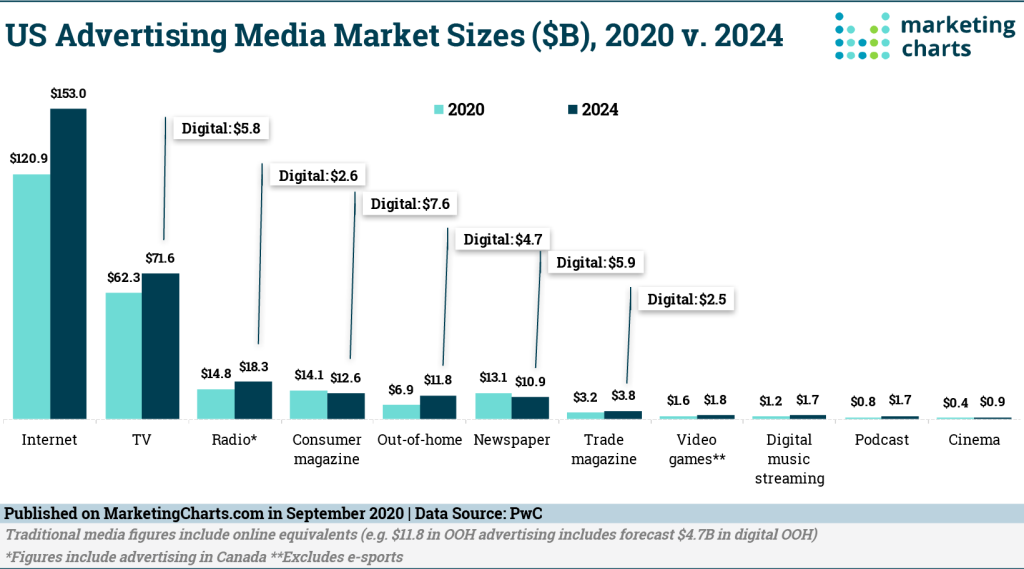
6. Engaging with Chatbots
Customer service is an important aspect of any business. Problem-solving and customer service are two distinct but equally important tasks. Chatbots are fantastic tools for customer service, and they will surely become more popular in 2022. More than 60% of US consumers choose digital self-service options like websites, apps, and online chat.
Chatbots aren’t perfect right now, but thanks to AI and machine learning, they’re on their way to becoming popular. By learning from their previous interactions and experiences, chatbots can improve themselves with the help of AI.
Chatbots provide real-time customer service 24/7 and can be used to direct customers to the appropriate pages and keep them coming back to your store.
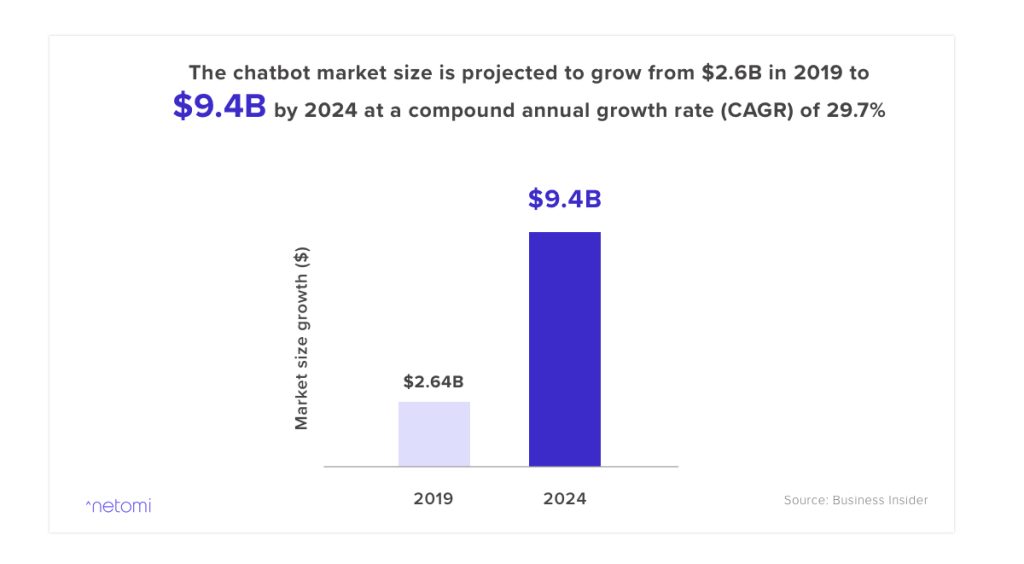
7. Customer Experience Can Be Customized
Even though this isn’t a brand-new strategy, it can help you improve customer experience and brand engagement. Customizing products online is a profitable business with a distinct niche in the online world.
Customers are willing to pay more for self-designed products than for products that have not been customized, so you can charge more for the same products that have been customized. Customers are also more likely to talk about these products because they are their creations! Allowing customers to share their designs on social media should encourage more of these types of interactions.
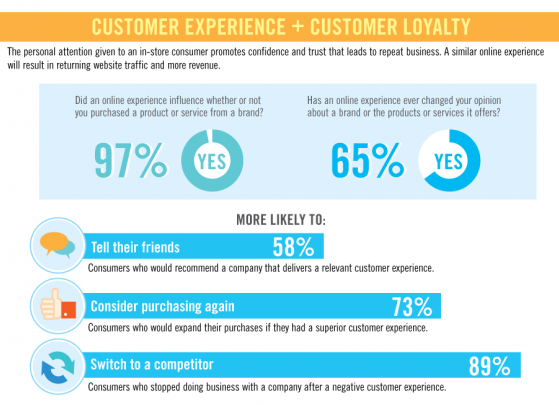
8. Beyond Apps
According to ecommerce owners, apps will no longer be the only way to engage customers. Many “mobile-first” ecommerce marketing strategies have been implemented in recent years, but the future will be different.
Companies that create mobile apps are adapting to new technologies and changing their processes and offerings to meet market demands. It’s critical to create apps for larger screens. They show that people prefer to browse on their phones for fun, but they make the majority of their online purchases on their computers. Rather than attempting to change this behavior, you should assess the customer’s journey across all screen sizes and make switching devices as seamless as possible.
9. Social Commerce
People are increasingly using social media to search for new products and brands, and businesses are responding by meeting them where they are. Sales of social commerce are expected to reach $79.6 billion by 2025, providing merchants with a new sales and marketing channel.
You’ll want to expand your social strategy as businesses plan to increase their social media budgets. Consider sharing user-generated content to engage followers, partnering with influencers to broaden your reach, showcasing products via Livestream, and driving sales through paid advertising and in-app shopping features.
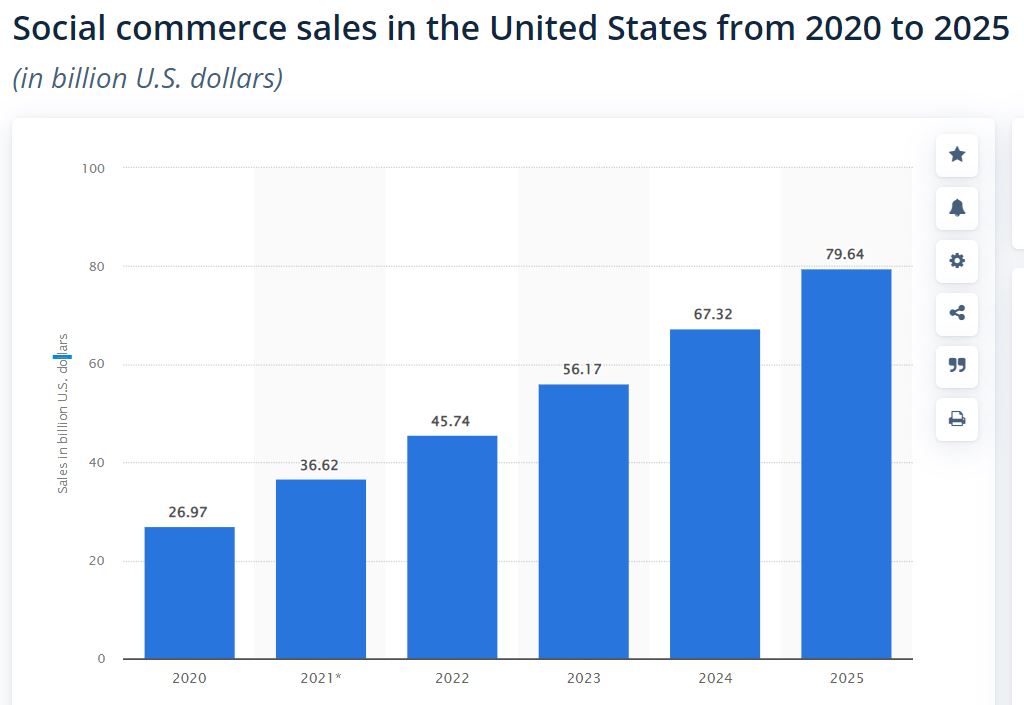
10. Fastest Means for Delivery and Returns
The marketing department must always pay attention to delivery and returns because they play an important role in customer satisfaction. When a customer receives a product quickly or can exchange or return it with ease, their brand loyalty grows. As a result, make sure to set aside some funds for delivery in your budget.
FedEx and Microsoft have teamed up to create a new cross-platform supply chain solution for e-commerce. As part of a multi-year partnership, FedEx network intelligence capabilities will be combined with Microsoft Dynamics 365 to give online retailers, dealers, and brands a competitive advantage. Customers would be more engaged as a result of the new service, which would also provide more shipping options.
The two companies have announced an expanded partnership that will combine FedEx Network Intelligence with Microsoft Dynamics 365 to create a logistics-as-a-service solution for retailers and brands that will take the customer experience to the next level.

Conclusion
Consider how the technical trends described above can benefit your online store, as well as what you can learn from other e-commerce sites in your field. After that, use common sense and put others on the back burner.
Focusing on one or both of these new technologies could help the e-commerce industry grow and dominate a niche market. Even if this does not happen, you are still helping to improve your target market’s online shopping experience.
Marketing automation can streamline your marketing efforts, make them more efficient, and helps your team to drive better leads and achieve greater ROI.
Marketing automation on average drives up to a 14.5% increase in sales productivity and a 12.2% reduction in marketing overhead.
80% of marketing automation users saw an increase in the number of leads using marketing automation software, and 77% had an increase in conversions.
91% of marketing automation users agree it is “very important” to the overall success of their online marketing activities.
Deepak Wadhwani has over 20 years experience in software/wireless technologies. He has worked with Fortune 500 companies including Intuit, ESRI, Qualcomm, Sprint, Verizon, Vodafone, Nortel, Microsoft and Oracle in over 60 countries. Deepak has worked on Internet marketing projects in San Diego, Los Angeles, Orange Country, Denver, Nashville, Kansas City, New York, San Francisco and Huntsville. Deepak has been a founder of technology Startups for one of the first Cityguides, yellow pages online and web based enterprise solutions. He is an internet marketing and technology expert & co-founder for a San Diego Internet marketing company.

